End Connector (For Drip Irrigation | 100Pcs/Pack)
₦19,463.75
45 people are viewing this product right now
🔥 12 items sold in last 3 hours
We offer end connectors that are utilized in dribble water system frameworks to impede the finish of trickle lines.
The offered item is a fundamental fitting that empowers you to eliminate any plugs in the framework to clean up any silt.
They are exceptionally savvy and simple to introduce.
End connectors can likewise be utilized to stop water stream along the dribble line to guarantee sufficient strain is worked inside your water system framework.
100 pieces for every pack.
Submit your requests now and we convey from one side of the country to the other.
Buy more save more!
Buy from 5 to ∞ items and get 5% OFF
on each productEnd Connector
End Connector is utilized in dribble water system frameworks to obstruct the finish of trickle lines. They can likewise be utilized to stop water stream along the trickle line to guarantee sufficient strain is worked inside your water system framework.
It permits you to eliminate any plugs or residue in the trickle framework that can block water stream.
100 pieces for each pack.
Elements of our end connector
Expanded strength and prevalent quality.
Hotness, substance, and wear-safe.
UV (bright beam) settled materials for long life and ideal use under the sun.
They are extremely savvy and simple to introduce.
Dribble Irrigation Systems
Dribble water system is at times called stream water system and includes trickling water onto the dirt at exceptionally low rates from an arrangement of little breadth plastic lines fitted with outlets called producers or drippers.
Water is applied near plants so just piece of the dirt in which the roots develop is wetted, not normal for surface and sprinkler water system, which includes wetting the entire soil profile. With dribble water system water, applications are more incessant (normally every 1-3 days) than with different strategies and this gives an entirely good high dampness level in the dirt in which plants can thrive.
Benefits of Drip Irrigation
Manure and supplement misfortune is limited because of a restricted application and diminished draining.
Water application productivity is high whenever oversaw accurately.
Field evening out isn’t required.
Fields with unpredictable shapes are handily obliged.
Reused non-consumable water can be securely utilized.
Dampness inside the root zone can be kept up with at field limit.
Soil type assumes a less significant part in the recurrence of water system.
Soil disintegration is reduced.
Weed development is reduced.
Water dissemination is exceptionally uniform, constrained by the result of every spout.
Work cost is not exactly other water system techniques.
Variety in supply can be controlled by directing the valves and drippers.
Fertigation can undoubtedly be incorporated with negligible misuse of composts.
Foliage stays dry, decreasing the gamble of infection.
Normally worked at a lower strain than different kinds of compressed water systems, lessening energy costs.
Frequently Asked Questions About End Connectors
What is an end connector?
An end connector is a component used in drip irrigation systems to block the end of a drip line. They can also be used to stop water flow along the drip line to ensure sufficient pressure is maintained within your irrigation system.
What are the benefits of using end connectors?
- Prevents leaks and blockages: End connectors help seal the ends of drip lines, preventing water from leaking out and ensuring efficient water distribution.
- Maintains pressure: By closing off the end of a drip line, end connectors help maintain consistent water pressure throughout the irrigation system.
- Easy to use: End connectors are typically simple to install and require minimal effort.
What are the features of your end connectors?
- Durable and high-quality: Made with strong materials to withstand harsh conditions.
- Heat, chemical, and wear-resistant: Can endure various elements without degradation.
- UV-resistant materials: Built to last under long-term sun exposure.
- Cost-effective and easy to install: Offer a practical and user-friendly solution.
What is drip irrigation?
Drip irrigation, also known as trickle irrigation, involves applying water directly to the soil at a slow rate through a network of narrow plastic tubes equipped with emitters or drippers.
How does drip irrigation work?
Water is delivered near the base of plants, moistening only the portion of soil where roots grow. This differs from surface and sprinkler irrigation, which wet the entire soil profile. With drip irrigation, water applications are more frequent (usually every 1-3 days) compared to other methods, providing a consistently high moisture level in the soil for optimal plant growth.
What are the benefits of using drip irrigation?
- Reduced fertilizer and nutrient loss: Minimized application and reduced leaching lead to more efficient fertilizer use.
- High water application efficiency: Offers excellent water conservation when managed properly.
- No field leveling required: Well-suited for fields with uneven shapes.
- Recycled wastewater can be safely used.
- Maintains consistent soil moisture within the root zone.
- Less impact on soil type compared to other irrigation methods.
- Reduces soil erosion.
- Suppresses weed growth.
- Provides very uniform water distribution, determined by the output of each emitter.
- Labor costs can be lower than other irrigation techniques.
- Flow rate can be controlled by adjusting valves and drippers.
- Fertigation can be easily integrated with minimal fertilizer waste.
- Foliage remains dry, minimizing the risk of disease.
- Operates at a lower pressure than other pressurized irrigation systems, potentially reducing energy costs.
Only logged in customers who have purchased this product may leave a review.
Related products
₦22,967.50
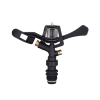
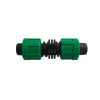
₦28,600.00

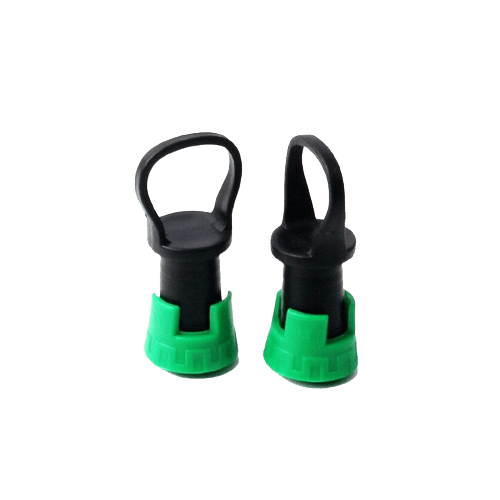
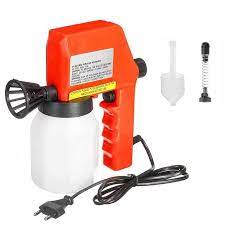


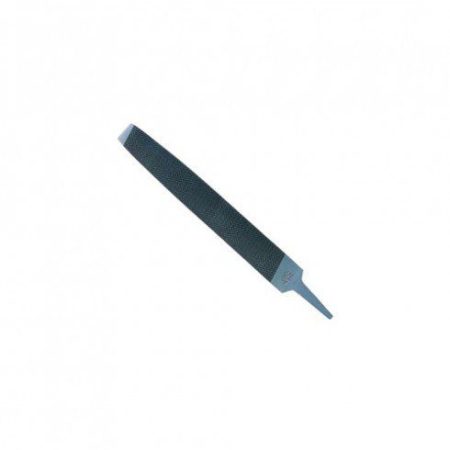
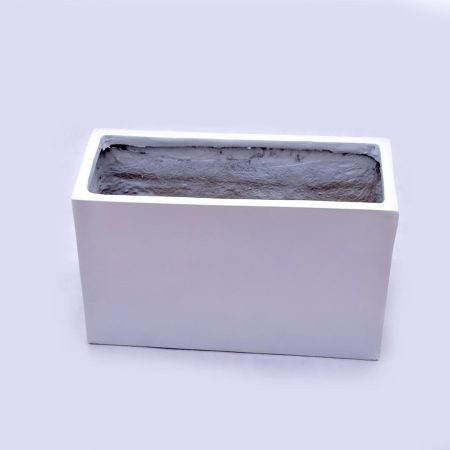
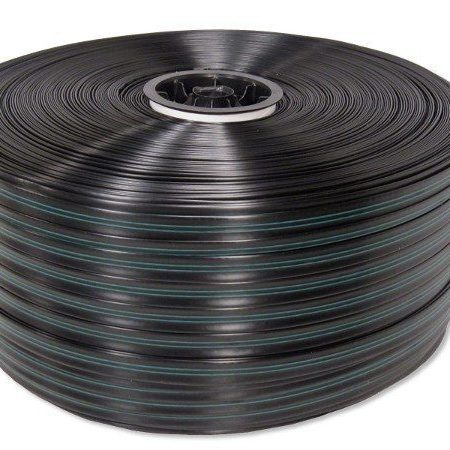
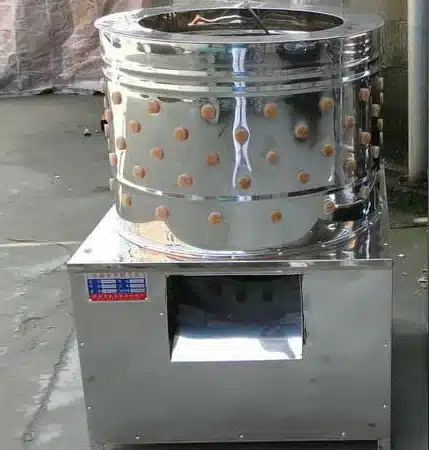
Reviews
There are no reviews yet.